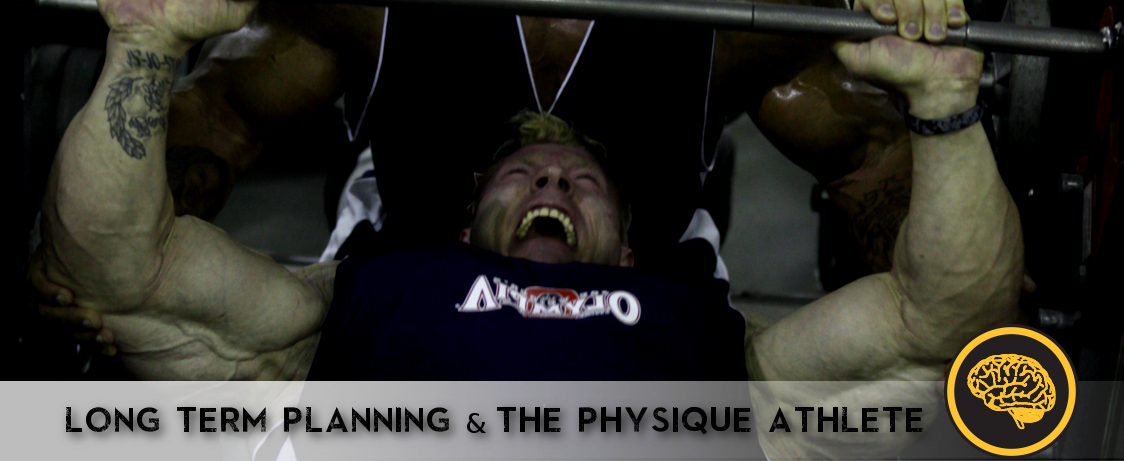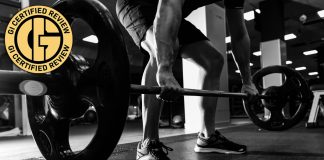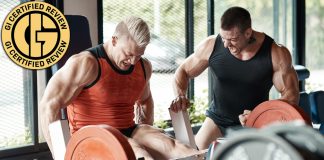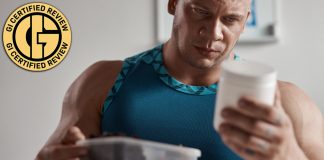Look into my “I’s” – The Champion
By Andrew Oye
MINDSET FUELS GYM SETS
Yes, iron training is hard work. And yes, fitness newbies and oldies encounter moments when we need a jolt of electricity to surge into the gym and spark our workouts. Many times, we recharge our batteries with the help of mental visualization. The “Look Into My I’s” Series illustrates how iron, intelligence and inspiration intertwine and, in turn, develop a creative mentality of fitness achievement.
Iron lifters, whether on their first day or first decade, utilize motivational techniques to last for the duration of their gym sessions. Sometimes motivation comes from outside I’s — insiders, issues or interdependence — external sources in the form of an “expert” tip, the latest health-epidemic news report, or an accountability partner. Yet, when we look into our own I’s, we use intelligence to pull from internal sources of inspiration and grasp the power of our imagination to enhance our physical performance.
The principal philosophy: Mindset Fuels Gym Sets. Fundamentally, when the real test of iron training arrives, you can imagine yourself transforming into a character or series of characters that compel you to pass the test. Who are these characters? Further analysis identifies the dominant, primary Motivational Archetypes: The Warrior. The Champion. The Machine. The Fighter. The Hero. Which one(s) are you, and when do you call upon your iron alter ego(s)?
MOTIVATIONAL ARCHETYPE PROFILE
YOUR INSPIRATION:
The Machine.
YOUR ITINERARY:
The Task.
YOUR IMAGERY:
Automated machines consistently perform specific tasks. Copy machines make copies. Coffee machines make coffee. Push a button, and a machine responds with output: a couple of duplicates, a cup of decaf, or, in this case, a completed workout. The Machine maneuvers itself (usually imagined as a laser-focused robot or android akin to “The Terminator”) into the gym programmed to finish a job. The gym becomes an extension of the Machine, performing functions that assist in accomplishing the task at hand: iron manipulation for physical transformation. Like opening the face of a clock to see the inner workings of cogs and moving parts behind it, the entire “iron-training system,” reveals that the gym’s parts — weights, dumbbells, barbells, equipment – move in concert with the Machine who, “power switch flipped on” and internal circuit board activated, launches into action, ready to produce.
YOUR INSIGHT:
Generally, you call upon the Machine mindset when you identify a particular workout as a pressing assignment. For instance, you have only thirty minutes before another appointment, so you must shift a workout into overdrive to make it to the meeting on time. Or, you didn’t train your legs last week, so they must be trained today. Or, the gym’s schedule changes to accommodate a holiday or maintenance issue, so you must speed through a session before closing time. In the Machine’s computerized mind, every process — i.e., every rep, set, and exercise – is automatic and mechanically executed to “get the job done.”
For the Machine, the iron has a single, clear-cut role: to react when you act — resist when you pull it; rise when you lift it; clank when you drop it. Consequently, the Machine can churn out results (i.e., check marks on the “To Do List”), without short-circuiting and move swiftly and efficiently toward to the conclusion of the task.
YOUR IMPACT:
In Machine mode, fitness is a means to an immediate end, performed without distraction or deviation, demolishing everything in your path. Devoid of emotion, the Machine holds no emotional or sentimental attachment to the iron, confirming this with statements such as “I need to ‘crank out this set,’ so I can’t talk right now.” “I need to ‘power through this workout.’ No excuses.” Traditional machines are assumed/expected to outperform and to be more reliable than humans; hence, we don the armor of machinery to become inhuman, unstoppable, motorized entities that are hardwired to deliver on the promises of our design.
Eventually, the system winds down. Spinning cogs and pumping parts halt, as the Machine spits out a product (not a stack of copies or steaming mugs of coffee) — a stone-cold, steel-toed “kick in the caboose”…in less time than it would have taken a flesh-and-blood man or woman. Unconcerned with schmaltzy notions of glory or triumph, the Machine is all business. Task complete? Check. Power-off button pressed? Check. Stainless-steel casing turns to sweat-stained T-shirt as the cyborg returns to mortal form in the human world? Beep…Beep…Check.
Remember, the next time you face a mirror and look into your eyes for motivation, you can do it (push it, pull it, squat it, lift it), whatever it is, if you put your mind to it.
.
This was part 3 of Andrew Oye’s motivational series. Be sure to check out part 1 and part 2 if you missed them!


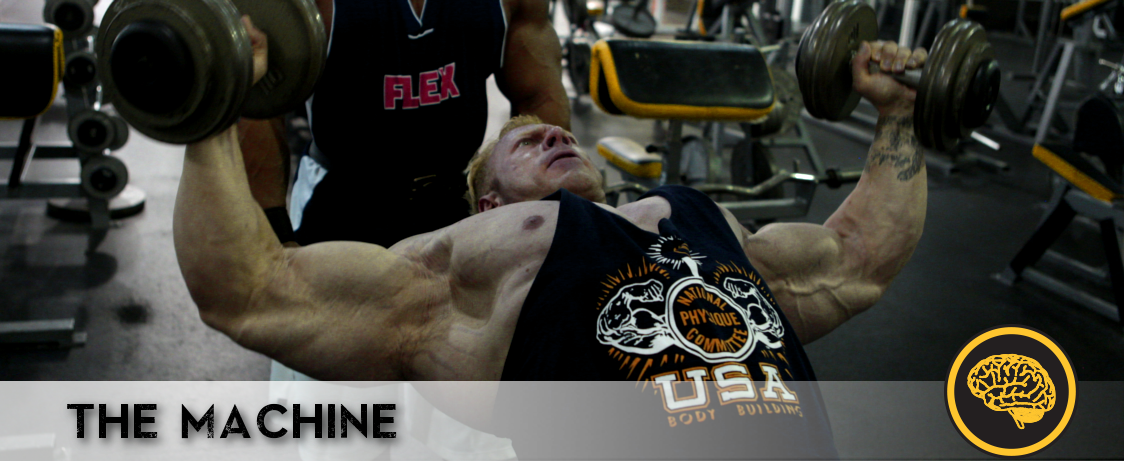
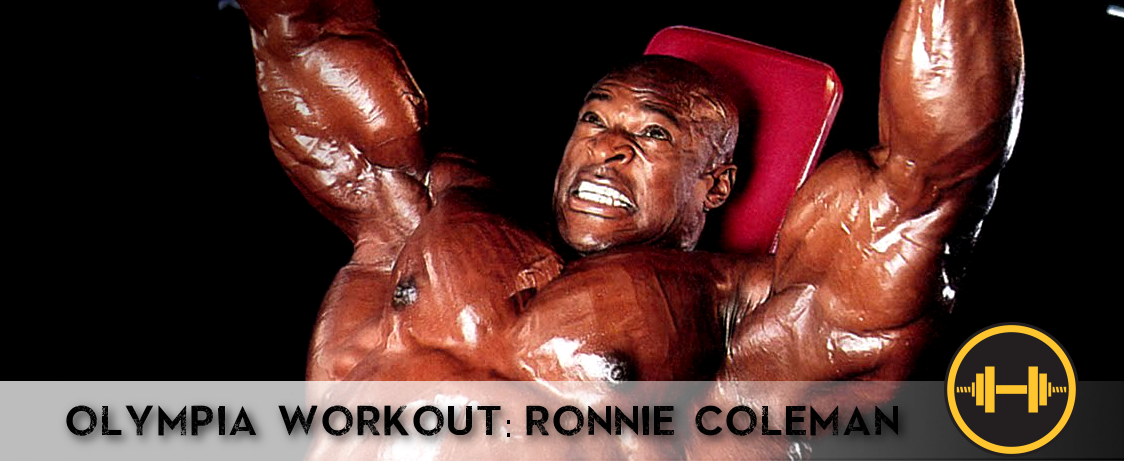

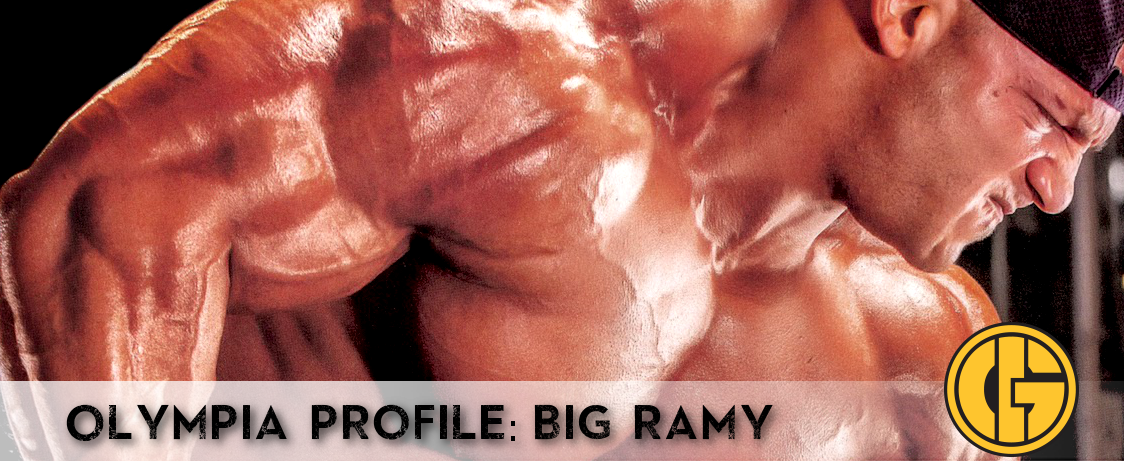




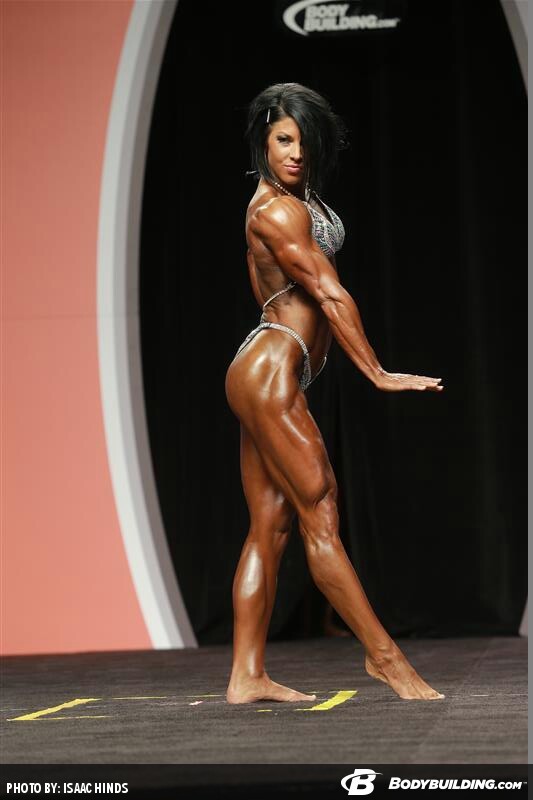
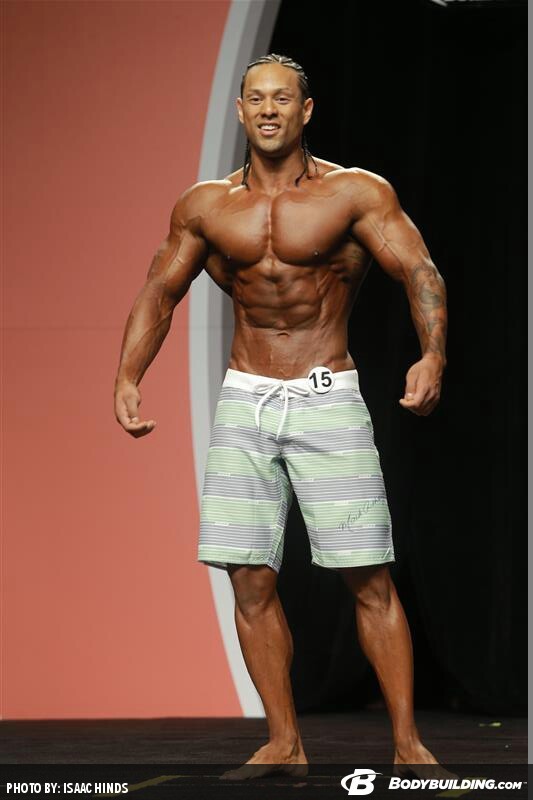


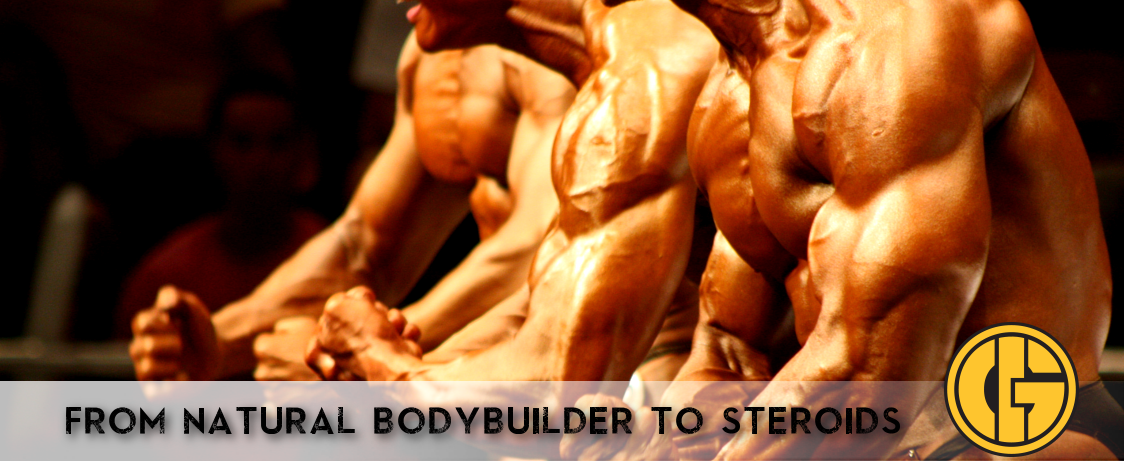
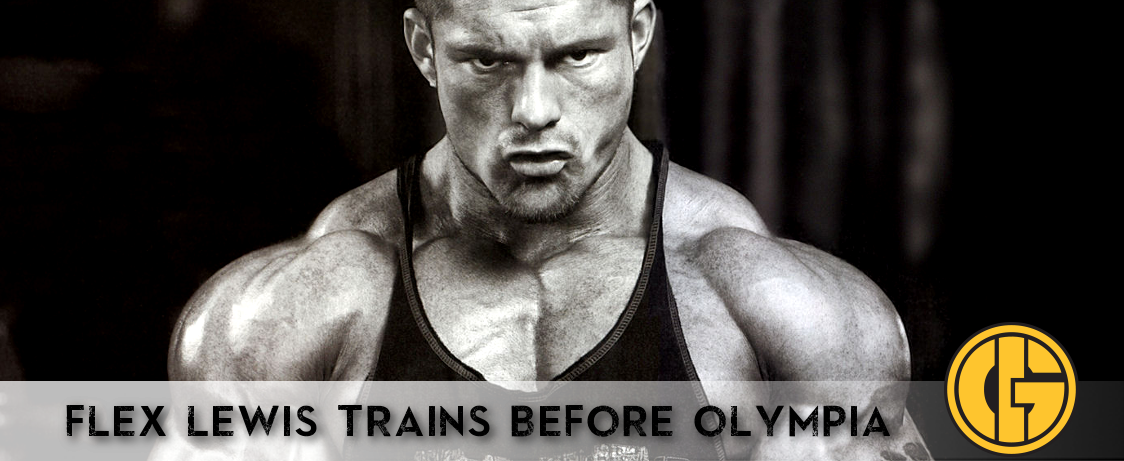
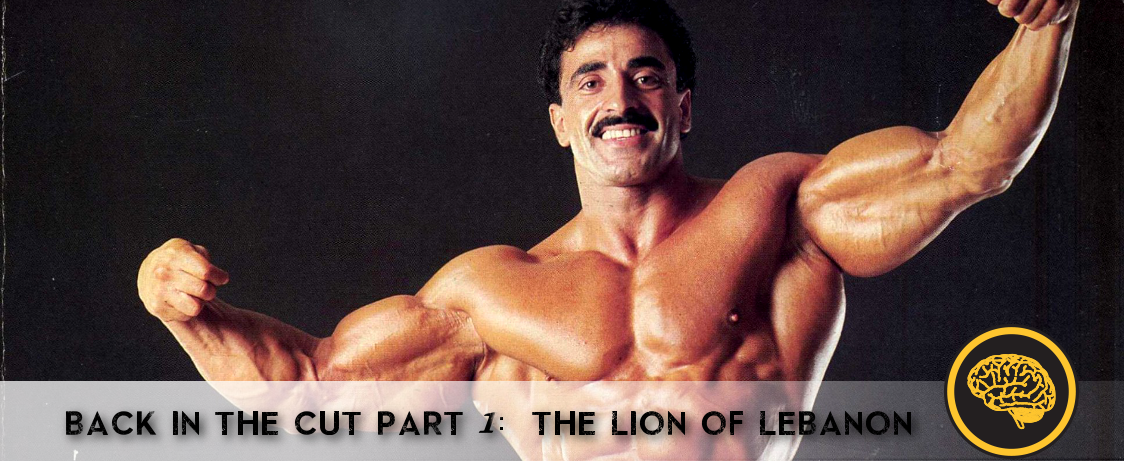
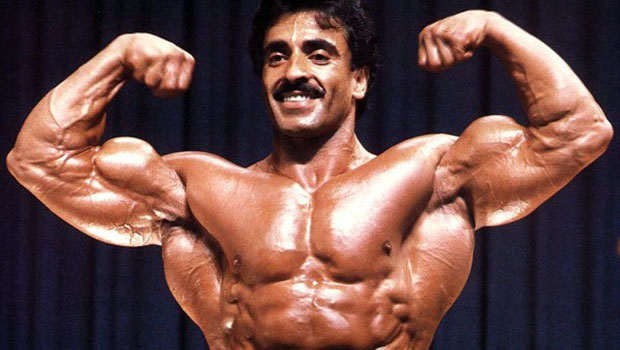 Photo courtesy of
Photo courtesy of  Photo courtesy of
Photo courtesy of 